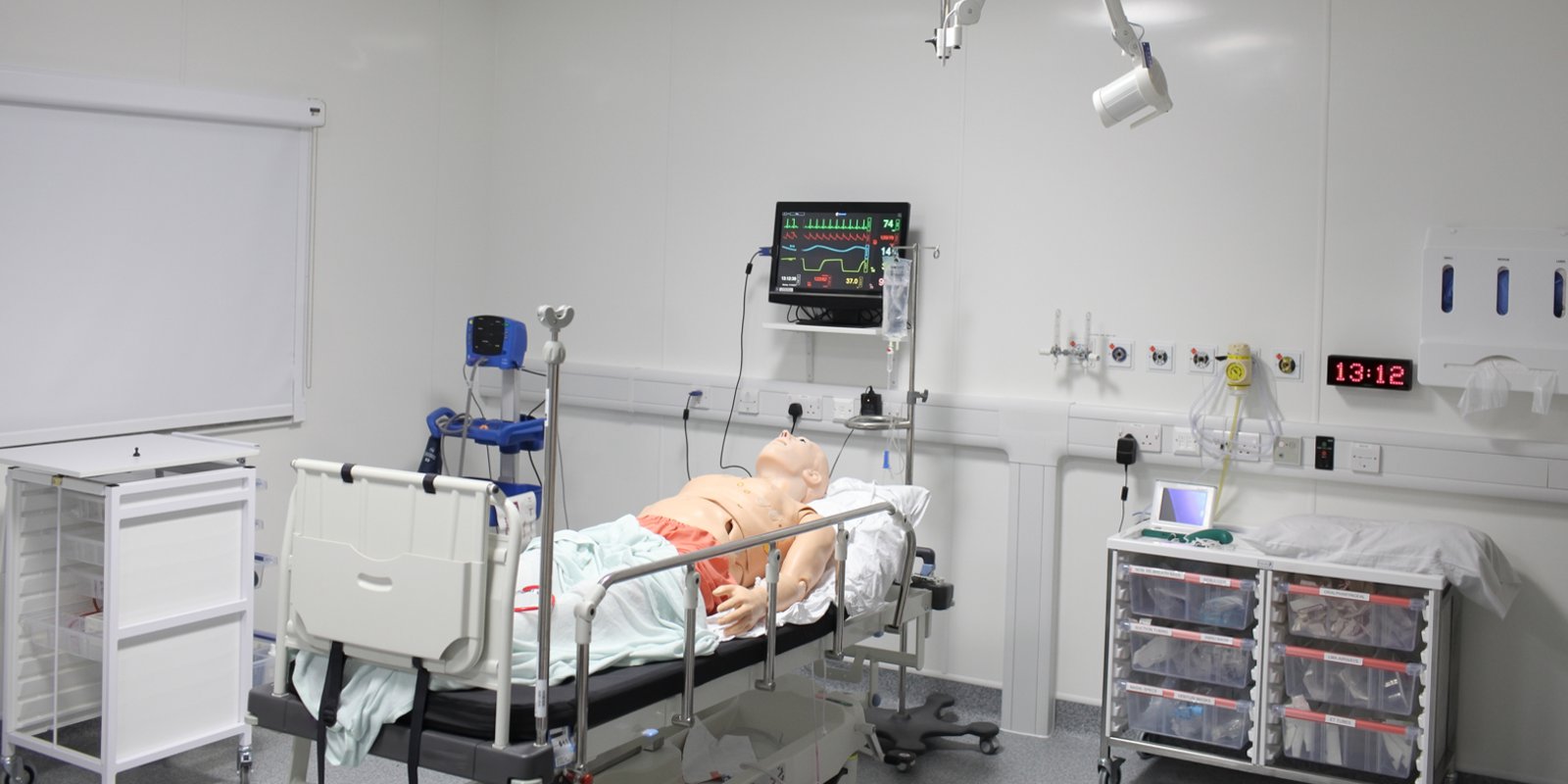
Advanced cardiac life support (acls) is a critical skill set for healthcare providers, involving complex protocols and life-saving interventions for patients experiencing cardiac emergencies. To ensure proficiency and readiness, simulation-based training has become an integral component of acls education. This method provides a controlled, realistic environment for healthcare professionals to practice and refine their skills. In this blog post, we delve into how simulations are used to train healthcare providers in acls protocols, exploring advanced techniques and benefits that are often overlooked.
The role of simulation in acls training
Simulation-based training for acls involves using high-fidelity manikins, virtual reality environments, and scenario-based exercises to mimic real-life cardiac emergencies. These simulations offer hands-on experience in managing conditions such as cardiac arrest, stroke, and acute coronary syndromes.
Realistic scenarios and high-fidelity manikins
High-fidelity manikins are equipped with features such as palpable pulses, breathing sounds, and the ability to simulate various cardiac rhythms. These manikins can respond to interventions in real-time, providing immediate feedback on the effectiveness of chest compressions, defibrillation, and medication administration.
Example: during an acls simulation, a manikin can be programmed to exhibit ventricular fibrillation. Trainees must recognize the rhythm on the monitor, initiate cpr, and deliver defibrillation according to acls guidelines. The manikin’s response helps trainees gauge their performance and make necessary adjustments.
A study published in the journal of the american college of cardiology found that high-fidelity simulations improved acls performance by 32% compared to traditional training methods.
Advanced techniques in acls simulations
Virtual reality (vr) and augmented reality (ar)
Vr and ar technologies provide immersive training experiences that enhance the realism of acls simulations. These technologies allow healthcare providers to practice acls protocols in a virtual environment that closely resembles a real clinical setting.
Example: using vr headsets, trainees can navigate a virtual emergency room, interact with virtual patients, and perform acls interventions. Ar overlays digital information, such as ecg rhythms and drug dosages, onto the real world, guiding trainees through the resuscitation process.
Research by the american heart association (aha) indicates that vr-based acls training improves retention of skills and knowledge by 25%.
Team-based simulations
Effective acls requires seamless teamwork and communication among healthcare providers. Simulation-based training emphasizes team dynamics, role assignment, and coordination during cardiac emergencies.
Example: in a team-based acls simulation, participants assume specific roles such as team leader, airway manager, and medication administrator. The scenario may involve a sudden cardiac arrest, requiring the team to work together to perform high-quality cpr, manage the airway, and administer medications.
A study in the journal of emergency nursing highlighted that team-based simulations improved communication and efficiency in acls scenarios by 30%.
Benefits of simulation-based acls training
Safe learning environment
Simulations provide a safe environment where healthcare providers can practice acls protocols without risking patient safety. This allows for repeated practice and learning from mistakes, which is crucial for mastering complex skills.
Immediate feedback and debriefing
One of the key advantages of simulation-based training is the provision of immediate feedback. After each simulation, trainees participate in debriefing sessions where instructors review their performance, highlight strengths, and identify areas for improvement.
Example: following an acls simulation, the instructor might review the team’s adherence to compression-ventilation ratios, the timing and delivery of defibrillation, and the administration of medications. This feedback helps reinforce correct techniques and address any deficiencies.
The new england journal of medicine reports that immediate feedback and debriefing enhance skill acquisition and retention by 35%.
Customizable scenarios
Simulations can be tailored to address specific learning objectives and scenarios that healthcare providers are likely to encounter. This customization ensures that training is relevant and comprehensive.
Example: if a hospital has a high incidence of myocardial infarctions, the simulation scenarios can be designed to focus on the management of acute coronary syndromes, including the use of thrombolytics and advanced airway management.
Conclusion
Simulation-based training for advanced cardiac life support (acls) offers a robust, immersive, and effective method for preparing healthcare providers to handle cardiac emergencies. By incorporating realistic scenarios, advanced technologies, team-based exercises, and immediate feedback, simulations significantly enhance the proficiency and confidence of healthcare professionals. These innovative training methods not only improve clinical skills but also contribute to better patient outcomes and overall healthcare quality.

